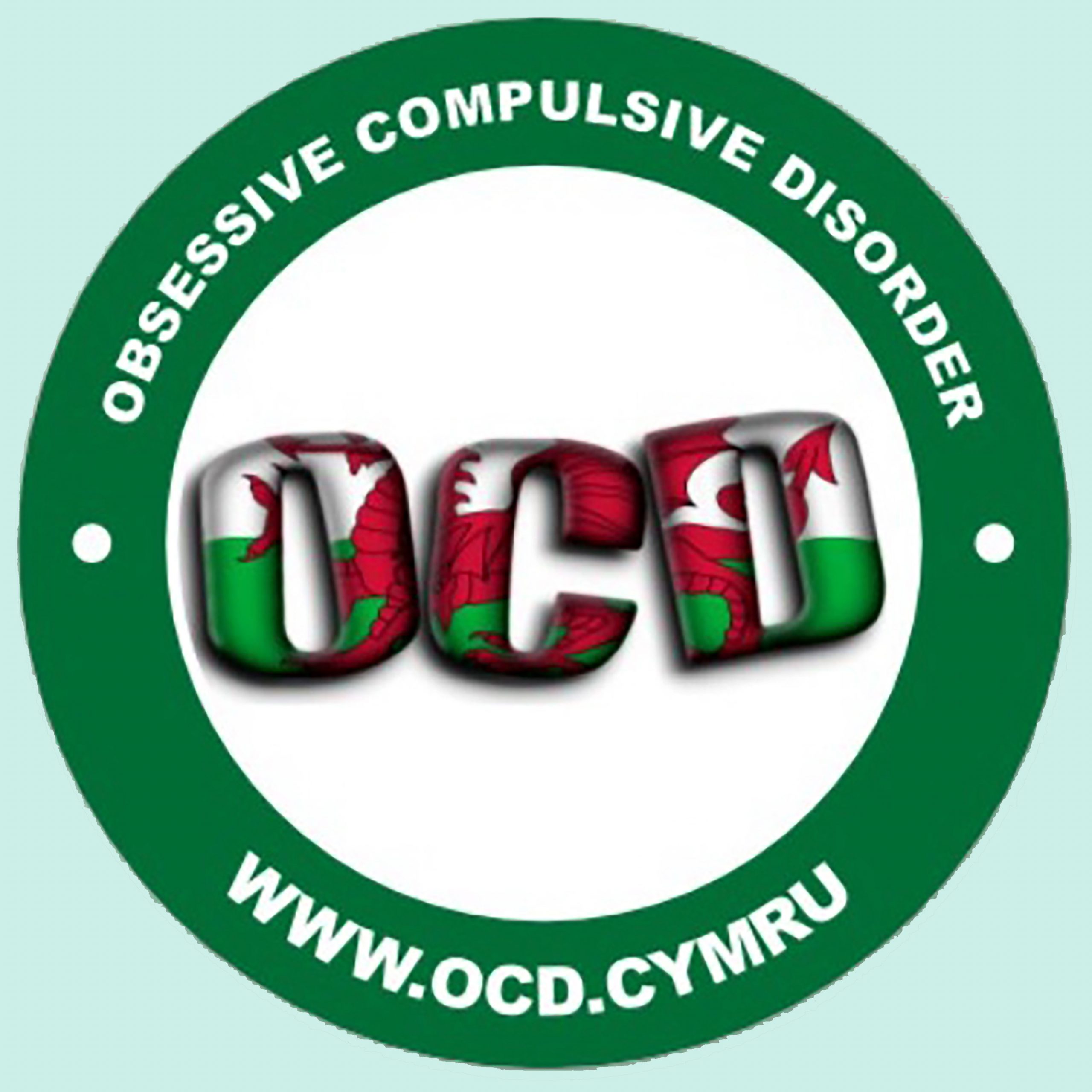🦠 Gut Bacteria May Hold the Key to Multiple Sclerosis Risk: What a New Twin Study Reveals
Led by a team from Ludwig Maximilian University of Munich, researchers discovered that certain gut bacteria are significantly more common in people with MS—and could be directly linked to triggering the disease.


